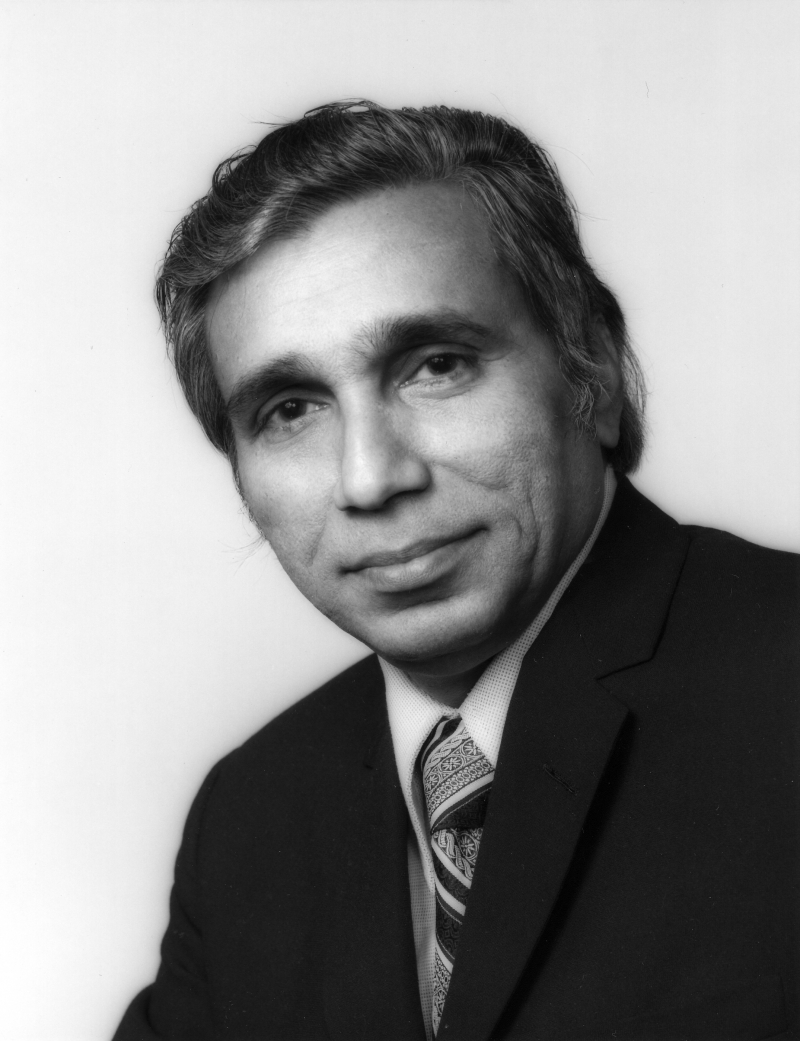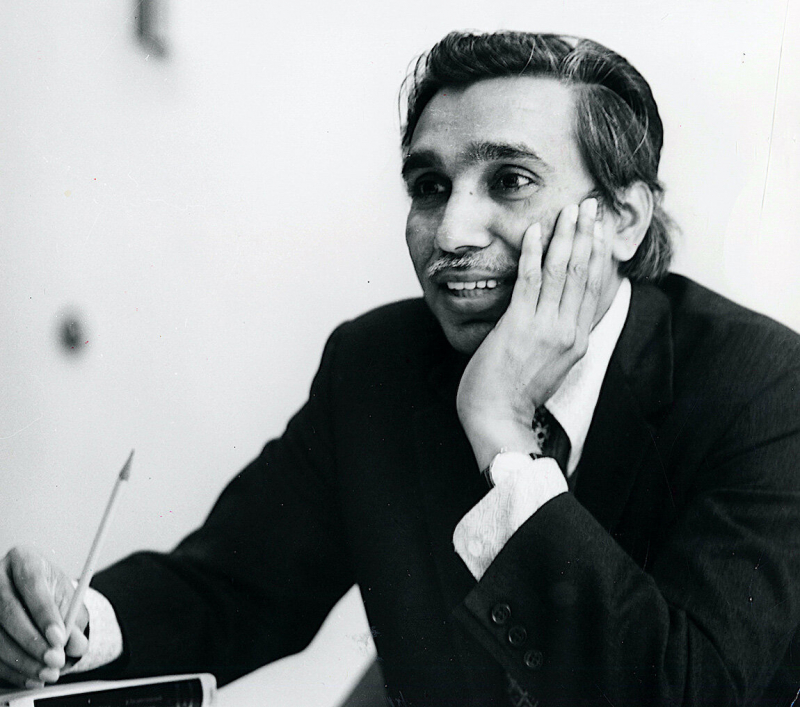Fazlur Rahman Khan
Fazlur Rahman Khan (3 April 1929 - 27 March 1982) was a Bangladeshi-American structural engineer and architect who pioneered important skyscraper structural systems. Known as the "Father of Tubular Designs" for High-Rise Buildings, Khan was also a computer-aided design pioneer (CAD). He designed the Sears Tower, now known as the Willis Tower, which was the tallest building in the world from 1973 to 1998, as well as the 100-story John Hancock Center. He is among the most important historical figures in Bangladesh.
Khan, a partner at the Chicago firm Skidmore, Owings & Merrill, ushered in a renaissance in skyscraper construction during the second half of the twentieth century more than any other individual. For his innovative use of structural systems that remain fundamental to modern skyscraper design and construction, he has been dubbed the "Einstein of structural engineering" and the "Greatest Structural Engineer of the 20th Century." The Council on Tall Buildings and Urban Habitat created the Fazlur Khan Lifetime Achievement Medal as one of their CTBUH Skyscraper Awards in his honor.
Despite being best known for skyscrapers, Khan was also an active designer of other types of structures, such as the Hajj airport terminal, the McMath-Pierce solar telescope, and several stadium structures.








